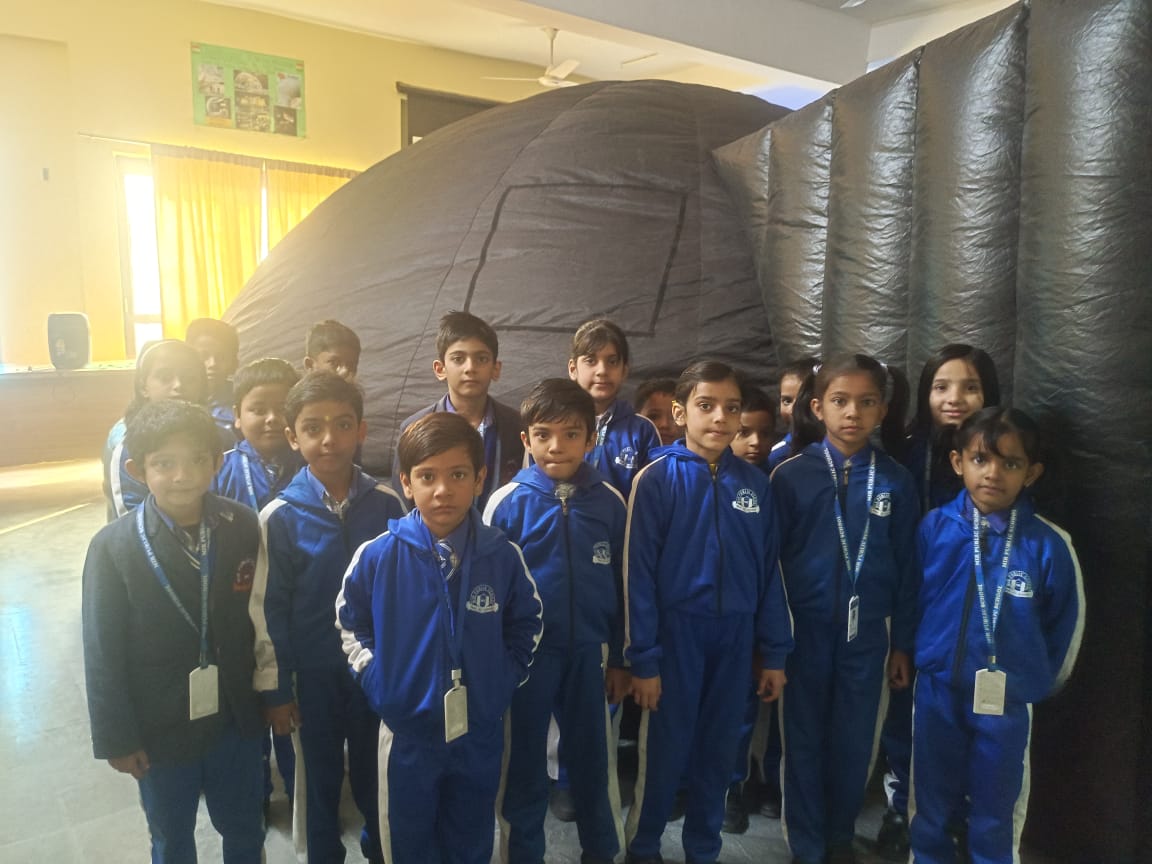Dome Production
Dome production, also known as geodesic dome production, represents an innovative approach to architectural design and construction that has gained significant traction in recent years. Geodesic domes are characterized by their unique spherical or hemispherical shape, which is constructed using a network of interconnected triangles. This design offers numerous advantages in terms of structural integrity, sustainability, and versatility, making it an attractive option for a wide range of applications.One of the key benefits of dome production is its exceptional strength-to-weight ratio. The triangular framework of geodesic domes distributes structural stress evenly across the entire structure, allowing them to withstand extreme weather conditions, seismic activity, and heavy loads with minimal material usage. This structural efficiency not only reduces construction costs but also enhances the longevity and resilience of the building.
Moreover, dome production is inherently sustainable. The use of lightweight materials and efficient design principles minimizes the environmental impact associated with construction. Additionally, the spherical shape of geodesic domes facilitates natural airflow and ventilation, reducing the need for artificial heating and cooling systems and lowering energy consumption.Another advantage of dome production is its versatility in terms of size and function. Geodesic domes can range from small-scale backyard shelters to large-scale event spaces, greenhouses, and even residential homes. Their modular design allows for easy customization and expansion, making them suitable for a variety of purposes including residential, commercial, and industrial applications.
Furthermore, dome production is well-suited for off-grid living and remote locations. The compact design of geodesic domes maximizes interior space while minimizing surface area, resulting in improved energy efficiency and reduced maintenance requirements. This makes them particularly appealing for eco-friendly housing solutions and sustainable development projects in rural or environmentally sensitive areas.
In recent years, dome production has seen a resurgence in popularity as architects, designers, and builders recognize the unique advantages offered by this innovative construction method. From eco-friendly housing solutions to avant-garde architectural designs, geodesic domes continue to push the boundaries of traditional building techniques and inspire new approaches to sustainable living and design.






